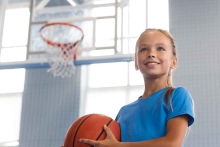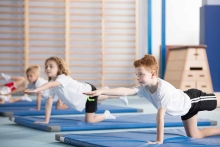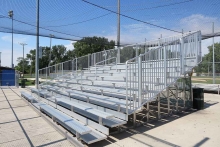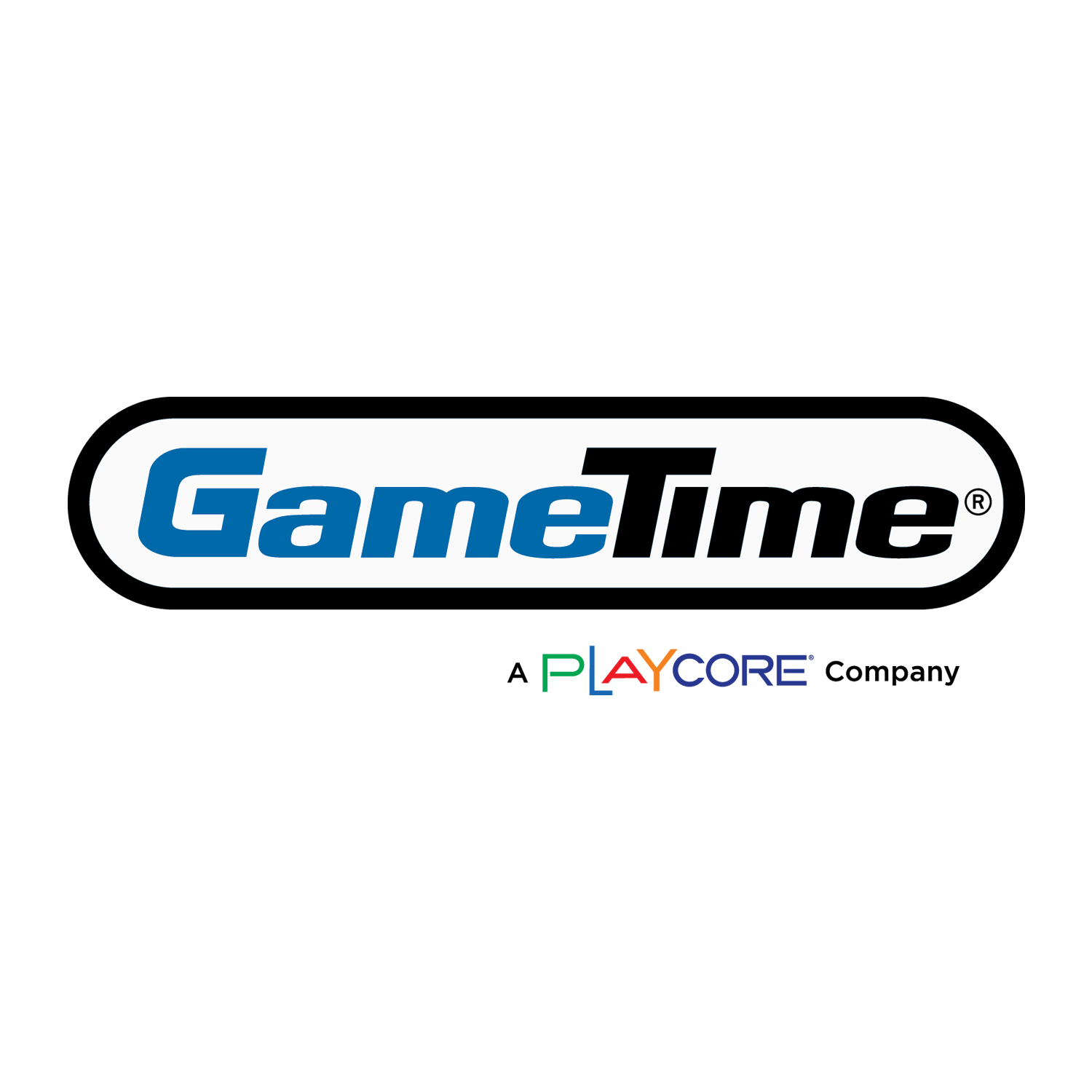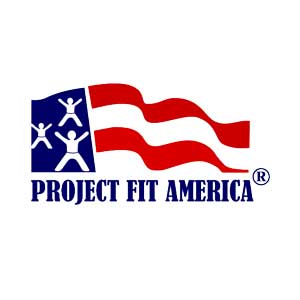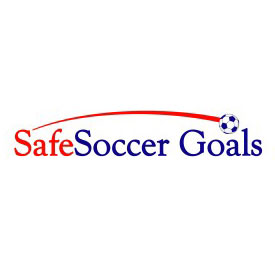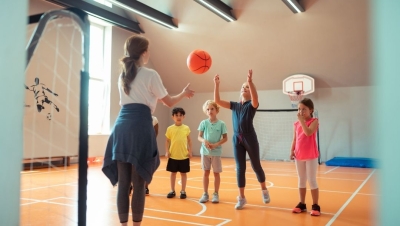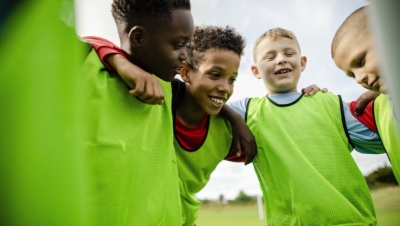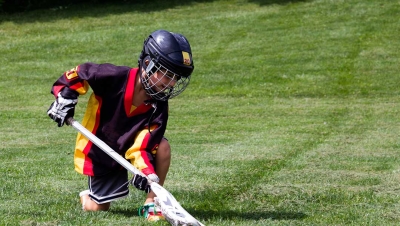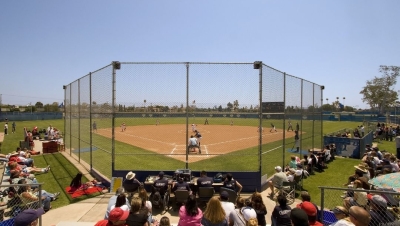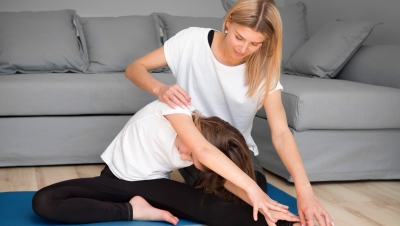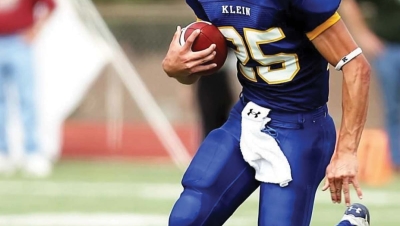Athletic Equipment

Whether you're in need of sports equipment for indoor or outdoor activities, there's a wealth of options available to meet the needs of various sports and fitness enthusiasts. From basketball hoops and volleyball nets to tetherball sets, tennis courts, soccer goals, football posts, and baseball or softball equipment, you can find a wide array of sporting gear that caters to different interests and preferences. For indoor gym facilities, consider exercise bikes, dumbbells, or other workout equipment to provide a well-rounded fitness experience for users. The range of sports and fitness equipment available ensures that you can equip your space for a diverse array of activities, catering to the needs and interests of your community, whether they're passionate about team sports, solo workouts, or simply enjoying a game of tennis or tetherball with friends and family.






